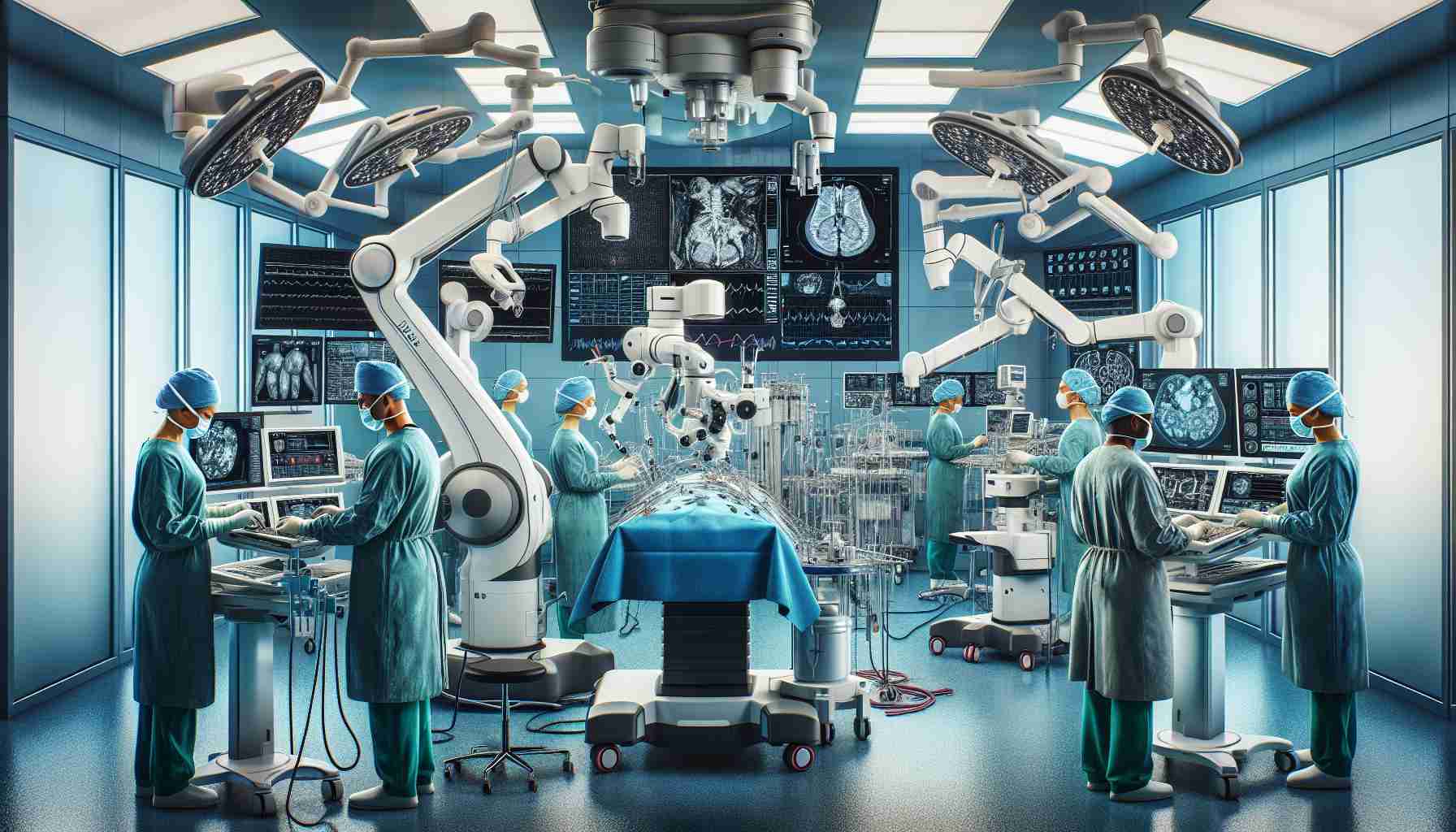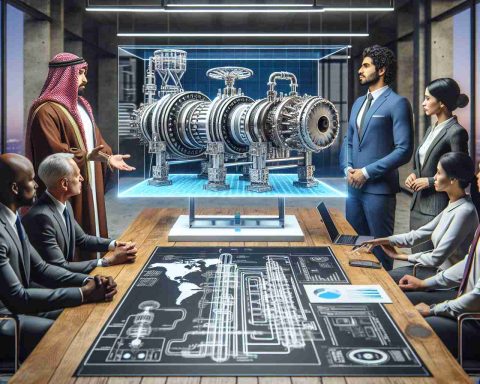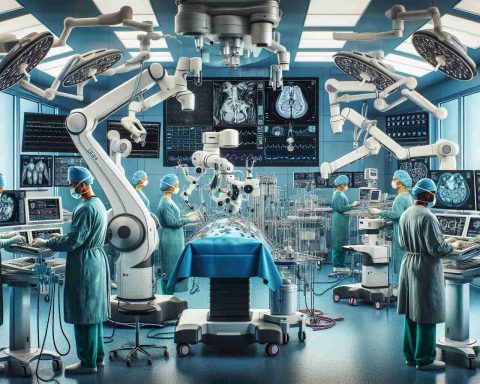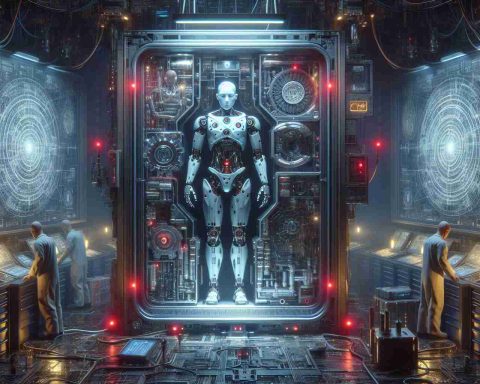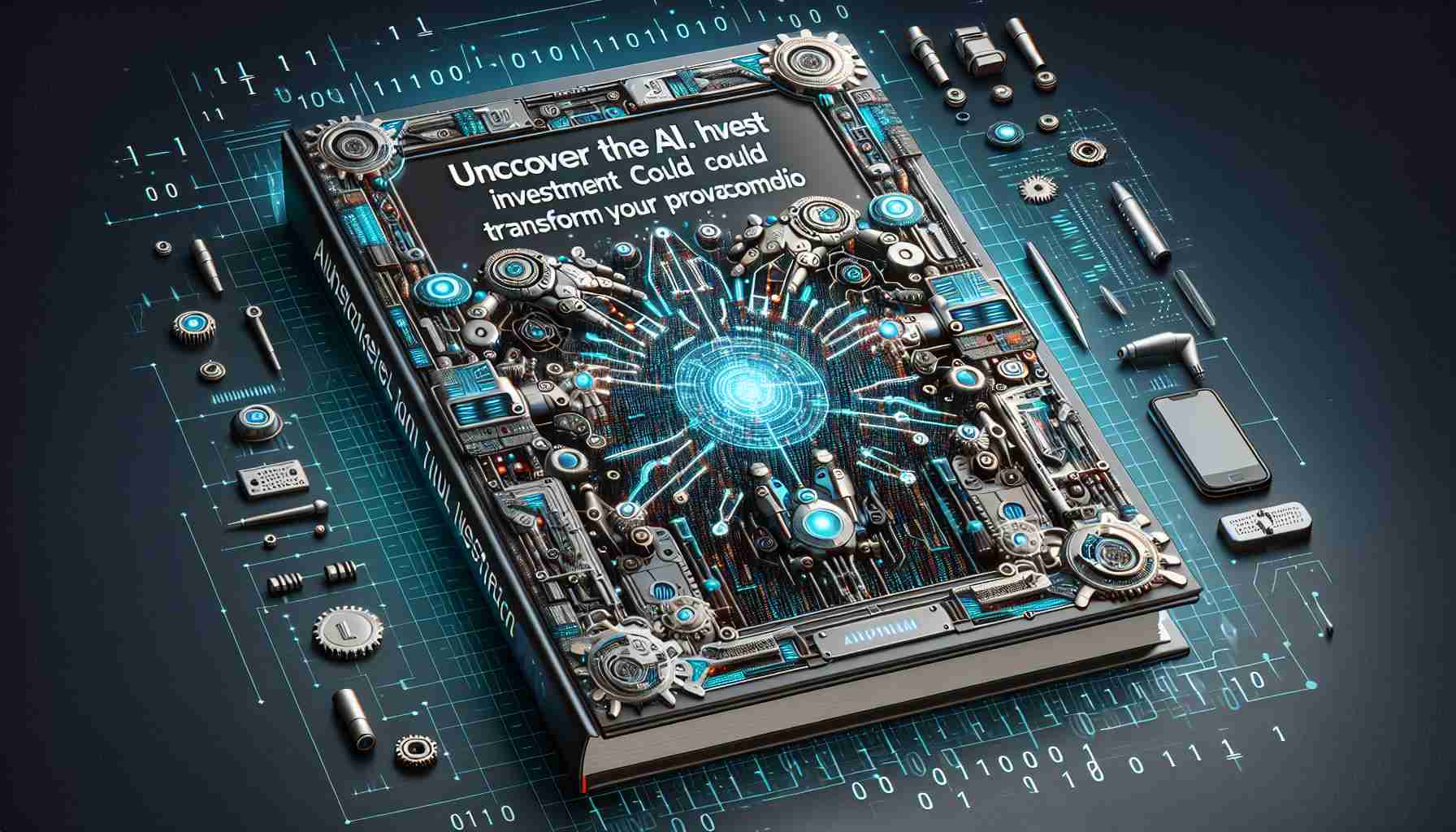In Naples, Florida, a revolutionary robotic technology is set to change the landscape of neurosurgery. Recently introduced at Physician’s Regional Hospital, the ExcelsiusGPS robot stands at the forefront of surgical innovation in Collier County. This advanced system, crafted by Globus Medical, employs groundbreaking GPS technology combined with sophisticated imaging to enhance surgical precision.
Dr. Amanda Sacino, a leading neurosurgeon, showcased this remarkable tool during an exclusive demonstration, highlighting its capabilities. She explained how the robot visualizes the surgical area, allowing for minimal invasiveness while targeting specific tumor locations. With her training from Johns Hopkins University and mentorship from the robot’s inventor, Dr. Sacino is optimistic about the potential this technology brings, especially for the aging population of Southwest Florida.
According to Dr. Sacino, the advantages of using the ExcelsiusGPS include faster recovery times and less risk during surgery, crucial for older patients who may have previously been deemed unsuitable for more extensive procedures. As the capabilities of robotic surgery expand to encompass both spinal and brain operations, the future looks promising. Dr. Sacino anticipates further advancements, particularly with the integration of artificial intelligence, opening doors to new possibilities in patient care and surgical outcomes.
This innovative stride in medicine not only enhances surgical practices but also has the potential to reshape patient experiences in profound ways.
Revolutionary Tech Transforms Surgery as We Know It
In the realm of surgery, the incorporation of cutting-edge technology is no longer a luxury but a necessity. The application of advanced robotics, artificial intelligence (AI), and augmented reality (AR) are radically transforming surgical practices worldwide. As demonstrated by the recent advancements in Naples, Florida, with the ExcelsiusGPS robotic system, the surgical landscape is poised for significant change.
What are the key technologies driving this transformation?
Robotic systems like ExcelsiusGPS are just the tip of the iceberg. Other notable technologies include the da Vinci Surgical System, which specializes in minimally invasive surgeries, and AR tools that enable surgeons to visualize complex anatomy in 3D during procedures. Furthermore, AI integrated into surgical systems can analyze vast amounts of data to assist in decision-making, predicting potential complications and outcomes based on patient-specific information.
What are some of the key challenges and controversies?
Despite the numerous advantages, the transition to robotic and AI-assisted surgery is not without its challenges:
– Cost of Implementation: The high expenses associated with robotic systems may limit access for some medical facilities, particularly in lower-income areas, raising concerns about healthcare equity.
– Training and Adaptation: Surgeons require extensive training to operate these advanced technologies effectively. This necessitates ongoing education and could lead to disparities in surgical expertise across different regions and facilities.
– Liability and Accountability: The use of AI in surgery raises questions about liability. In the event of a surgical complication, determining whether it was due to human error or machine malfunction can be complex.
What are the advantages and disadvantages of robotic surgery?
Advantages:
1. Precision: Enhanced accuracy leads to fewer complications and better surgical outcomes.
2. Minimally Invasive: Reduced incision size translates to shorter recovery times and less postoperative pain for patients.
3. Extended Capabilities: Robots can perform delicate procedures that might be challenging for human hands, enhancing the possibilities of surgical interventions.
Disadvantages:
1. Technical Failures: Like any technology, robotic systems can malfunction, potentially endangering patient safety.
2. Overreliance on Technology: Surgeons may become overly reliant on robotic assistance, which could impact their manual skills over time.
3. Cost: Initial setup and maintenance of robotic surgical systems are expensive, which can be prohibitive for some institutions.
What does the future hold for surgical technology?
The future of surgical technology appears bright, with ongoing research and development pointing towards even more sophisticated systems that will incorporate virtual reality and enhanced AI capabilities. This could lead to more personalized surgical approaches, further improving patient outcomes and surgical experiences.
As the medical community embraces these advancements, it is crucial to address the ethical, practical, and economic ramifications of these technologies. The impact on the healthcare system, particularly regarding patient accessibility to these advanced procedures, remains a vital area of focus.
For more information on surgical technology advancements, visit Globus Medical.
